Air-to-sea cost differential narrows
 |
| The image is not related with the article |
Airfreight rates slipped in December as the trade returned to business-as-usual following the volume boost of earlier new technology product launches, according to Drewry’s new monthly report Sea & Air Shipper Insight.
Drewry’s recently launched East-West Air Freight Price Index, a weighted average of airfreight rates across 21 East-West trades, fell by 1.4 points from November to reach 110.8 in December. This brought to an end four consecutive months of gains in the index in which its value had risen by over 20 points since the low of July.
“The waning effect of new hi-tech product launches on traffic demand was the primary contributor to declining rates from Asia into North America and Europe,” said Simon Heaney, research manager at Drewry.
“Drewry expects pricing on routes out of Asia to decline further in January, though the impact will be softened by an uptick in demand levels in advance of Chinese New Year.”
Evidence of a tentative recovery in airfreight demand comes in the form of a 2% year-on-year rise (the first such increase in 16 months) in November of worldwide semiconductor sales, a traditional bellwether for air cargo.
Air cargo demand could also see a temporary boost at the expense of the ocean market. With ocean currently facing capacity issues such as the looming threat of strike action at US ports and carriers cancelling voyages, some shippers, particularly those wanting to move higher value goods, might well be tempted to shift some cargo to the air.
Demand growth for air cargo has lagged behind ocean, which Drewry believes is due to a combination of shippers having access to better IT systems, leaner inventory strategies and greater faith in liner service reliability. Schedule reliability, as measured by Drewry’s Carrier Performance Insight report, has been improving steadily in the last year or so with the industry average moving up from 50-60% on-time performance to mid-70% presently.
The recent issues in the ocean sector are testing that faith, although of course those shippers that do switch to airfreight will have to pay a considerable premium for the expedited transportation of their goods. East-West airfreight rates and comparable ocean rates have almost mirrored their ups and downs since May 2012 with air prices showing a steeper upswing since October.
However, the fall in airfreight pricing and a corresponding rise in container shipping rates in December sent Drewry’s East-West Airfreight Price Multiplier down 1.3 points to 11.8 . The multiplier measures the relationship between the cost of shipping by air relative to sea on East-West trades.
Air cargo is not a viable Plan B for all shippers, but for those moving expensive goods it remains a justifiable alternative, particularly at a time when the reliability of the ocean supply chain is threatened,” said Heaney. < Korea Shipping Gazette >








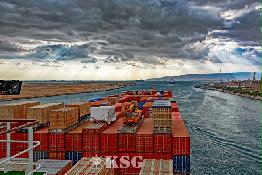

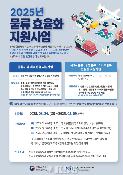
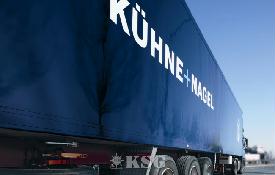

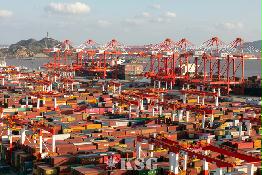

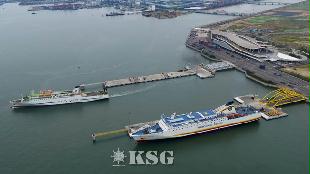
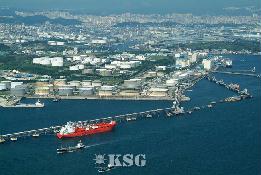





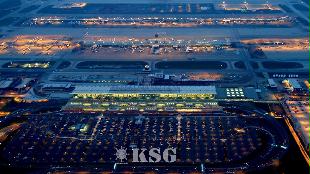

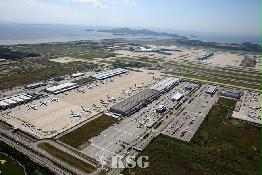
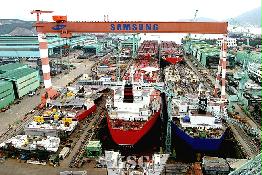
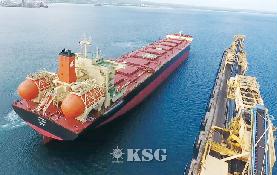

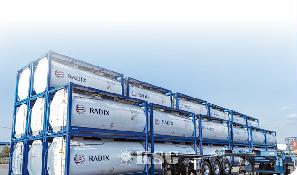


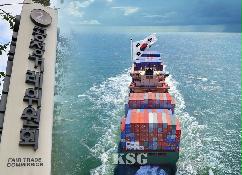


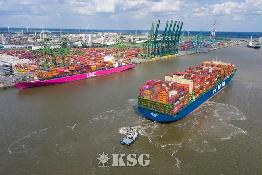

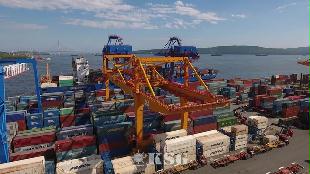






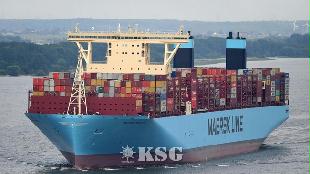


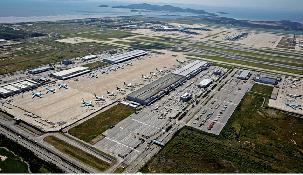






















0/250
확인